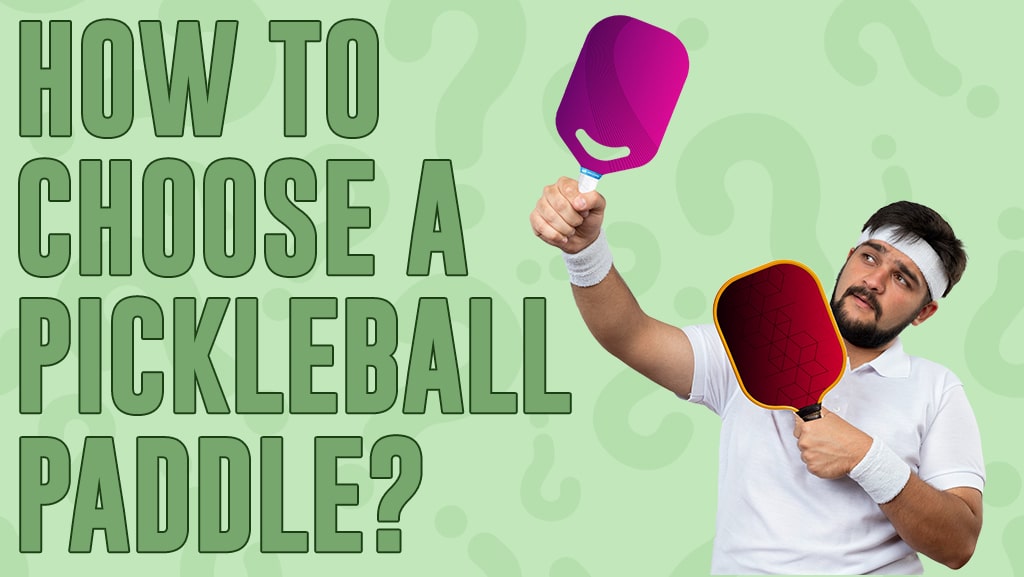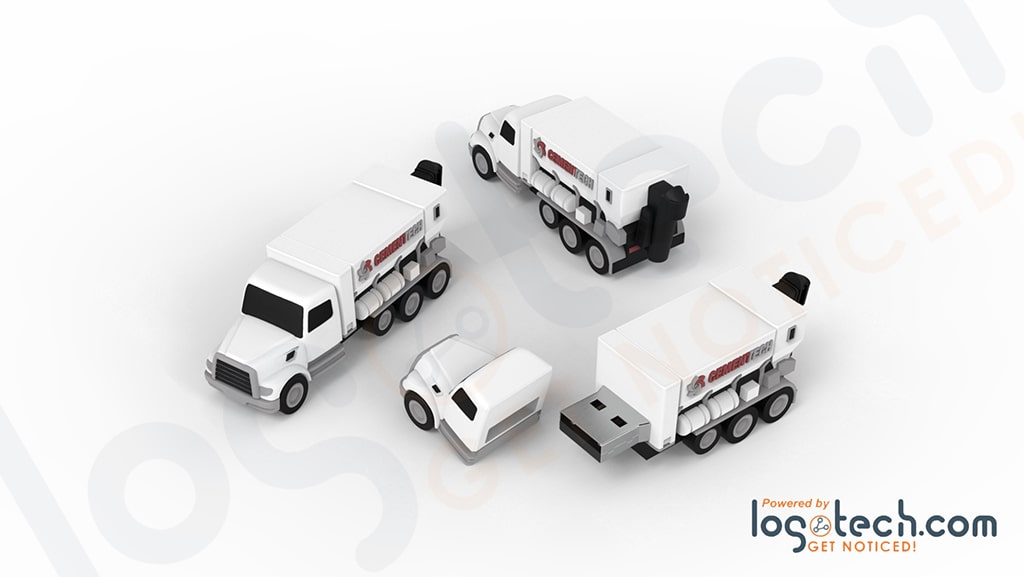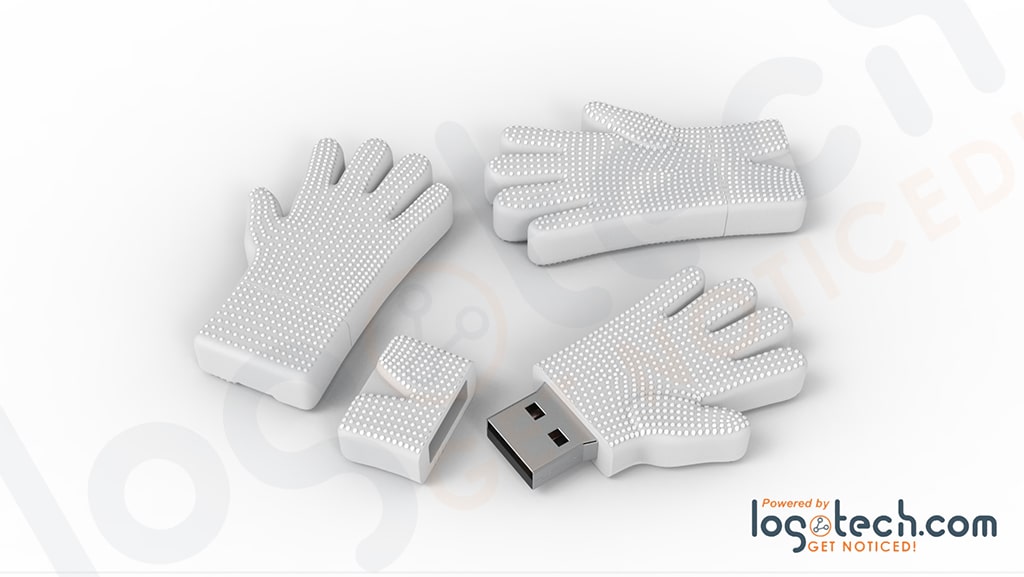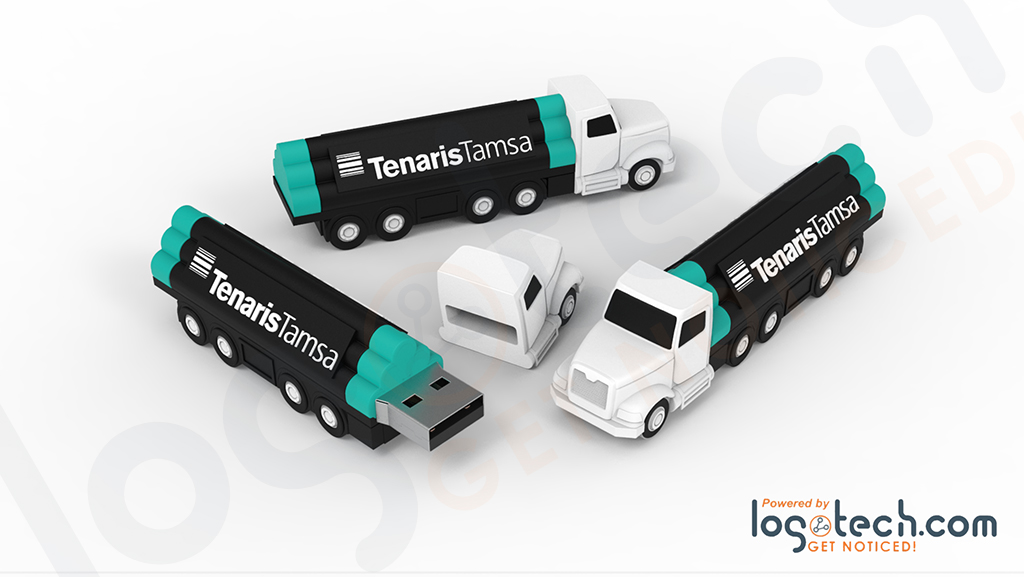
How to Choose the Right Pickleball Paddle
Pickleball Paddles Overview
Pickleball is America's fastest growing sport! The game, which combines elements of tennis, badminton, and ping-pong, creating a new and exciting game. In pickleball, there are multiple styles of paddle to choose from, each offering strengths and drawbacks. This article will take you through the ins and outs of the pickleball paddle, and help you understand how to choose the best paddle for you.
Pickleball paddles are made from a core made of one material, generally a plastic polymer, coated in another material to provide friction, like carbon fiber. Pickleball paddles all have a sweet spot—a spot on the paddle that provides the best power and accuracy. Sweet spots vary in size; a smaller sweet spot provides more power but is more difficult to place on the ball. A larger sweet spot gives more forgiveness with less power.
A few factors differentiate one pickleball paddle from the next. These factors include: paddle shape, handle length, core thickness, core material, and face material. These variables will all affect the paddle's power, control, spin, sweet spot size, and weight in different ways.
Paddle Shape
The total of a pickleball paddle's height and length must be less than 24 inches. There are several common shapes for pickleball paddles: Standard, Elongated, and Wide Body.
● Standard/Classic: The most common shape for pickleball paddles, generally measuring 16"x 8". Standard paddles have a medium-sized sweet spot with good maneuverability, power, and spin.
● Elongated: Elongated paddles are longer, generally measuring 16.5" x 7.5". These paddles offer increased reach, power, and spin but lower maneuverability and a smaller sweet spot, which means less forgiveness. Elongated paddles are generally used by advanced players.
● Wide-body: Wide-body paddles are wider than standard paddles, generally measuring 15.5"x 8.5". This means they have an even larger sweet spot with excellent forgiveness but lower reach and power. Wide-body paddles are often recommended to beginner players.
There are also hybrid shapes with measurements between elongated and standard, offering a blend of their attributes.
Handle Length
Handles generally measure between 4.5" and 6". Since the paddles have dimension limits, a longer handle generally means a smaller face (elongated paddles generally have short or standard handles).
● Standard: Standard handles measure between 5" and 5.25". Standard handles offer a good surface area for the paddle without crowding the hand.
● Long Handle: A long handle is anything over 5.25". Long handles increase leverage, which can give more power and spin. For players that use a two-hand backhand, longer handles are preferred. However, longer handles decrease the surface area of the paddle, which means a smaller sweet spot.
● Short Handle: A short handle length is anything below 5". Short handles maximize the surface area of the paddle, giving a larger sweet spot and more forgiveness.
Grip Size
In addition to the handle length, the grip size should be determined. Grip size is the circumference of the handle, and is more a matter of comfort than performance. See the chart below for grip size guidance:
|
Height |
Suggested grip size |
|
Below 5' 3" |
4" circumference |
|
5'3" to 5'8" |
4.25" circumference |
|
Above 5'8" |
4.5 circumference |
For more information on pickleball grips, check out our article on how to grip a pickleball paddle.
Core Thickness
The thickness of a paddle's core determines the power and control. Paddles will generally have a thickness of 13mm-17mm. Thinner paddles provide more pop and power and are generally lighter, giving more maneuverability. Thicker paddles offer more control and consistency with shots.
Core Material
Pickleball paddles were originally made of wood, but paddles with a plastic polymer core are much more common these days. These cores are lighter, offer much more power and touch than their wooden counterparts, and make up most of the modern market. Some paddles use a material called Nomex for their core, offering more power but sacrificing touch.
Face Material
The face materials for pickleball paddles affect the power and touch of the paddle. There are several common materials for paddle faces:
● Fiberglass: Fiberglass was the most common face surface for years but has been surpassed by carbon fiber. Fiberglass has a good balance of power and touch.
● Carbon Fiber: Carbon fiber is stiffer than fiberglass, providing more touch but slightly less power and a larger sweet spot.
● Graphite: Graphite faces play very similar to carbon fiber but are less expensive.
Grit
Grit is the main factor in the amount of spin a paddle can produce. Some paddles come with a spray-on or painted grit, which will wear over time. Grit can also be built into the surface material, lasting longer.
How to Choose Your Paddle
A couple of main factors can determine the right pickleball paddle for a player: their skill level and play style.
Skill Level
Like tennis, pickleball has a system for skill ratings, from 1.0 to 5.5+. 1.0-2.5 is a beginner range, 2.5-3.5 is a moderate level, and 3.5+ is an advanced player. For beginner players, a standard or wide-body paddle with a larger sweet spot is recommended, giving players more forgiveness with their paddle placement. As players advance in skill, it's recommended to seek out a paddle that suits your specific play style.
Play Style
As players advance, they will generally begin to fall into one of a few categories of player: Control/Touch, Aggressive, and Balanced.
● Control/Touch: These players favor shot placement, with lots of dinks and short shots, and defense, trying to keep their opponent off balance and tire them out. Because they're less concerned with power, these players often opt for thicker paddles with larger sweet spots, giving them more control.
● Aggressive: As the name suggests, these players aim for power shots as frequently as possible, trying to win points quickly. These players often go with elongated paddles with thinner cores to maximize their pop.
● Balanced: Balanced players use control and aggressive strategies, picking and choosing based on the situation. They are equally likely to go for a dink or a drive shot, depending on what their opponent. Balanced players generally prefer all-around paddles with a good combination of power and touch.
Pickleball is rapidly growing in popularity, and once you encounter the sport, you'll understand why! Getting a paddle suited to your skill level and play style is a great way to mazimize your fun on the court. At Logotech, we offer a great selection of Pickleball products that can be custom-printed with your logo; a great way to get your brand in on the fun. It's time to choose your paddles and hit the courts!








